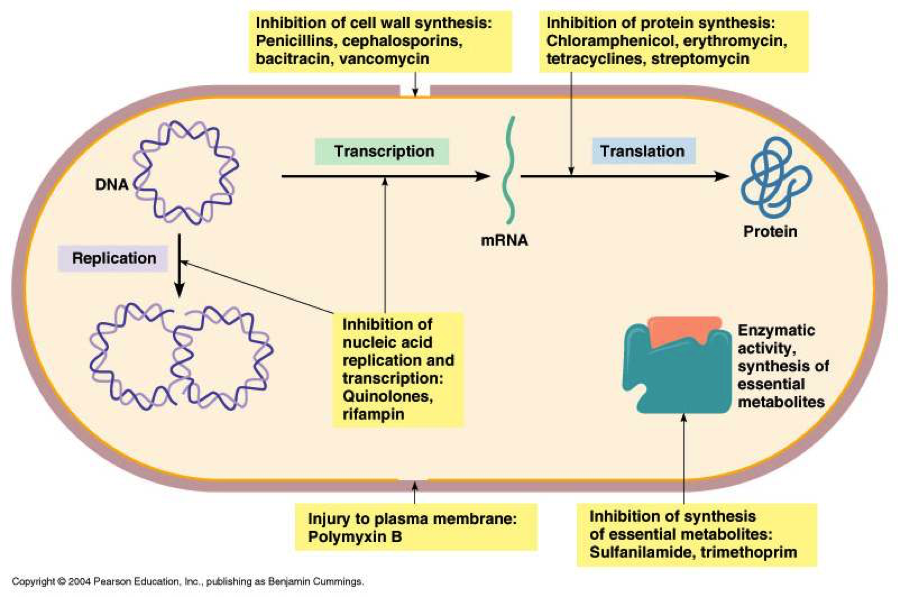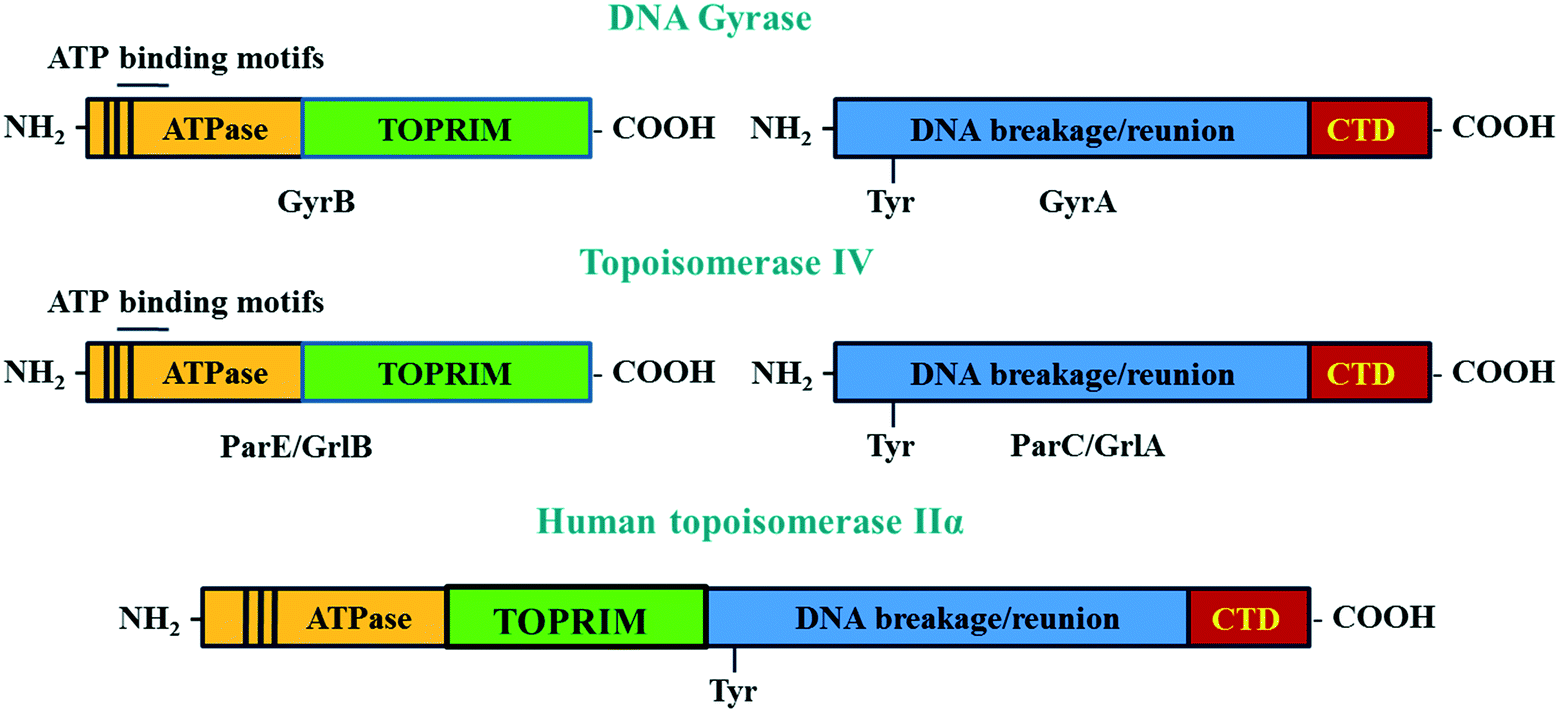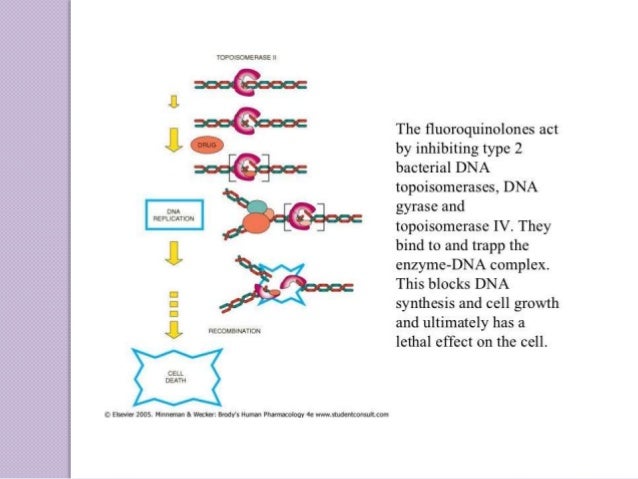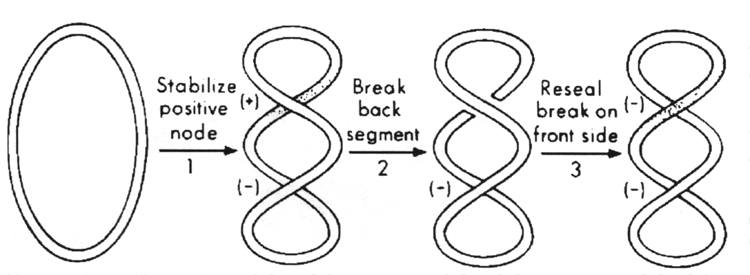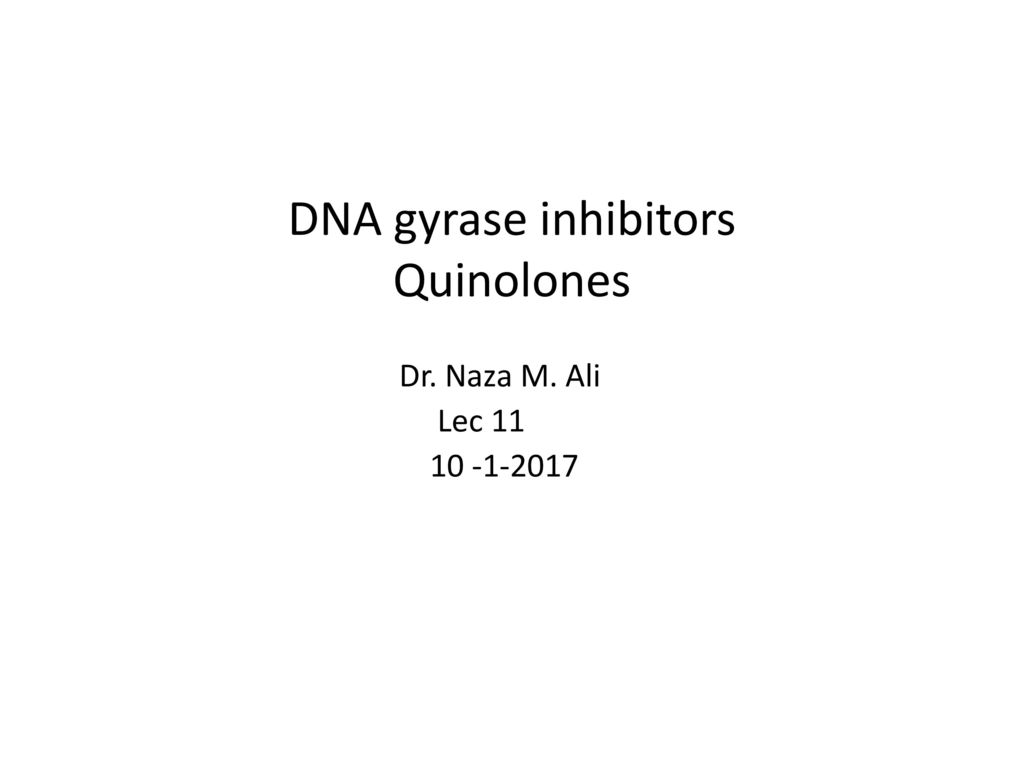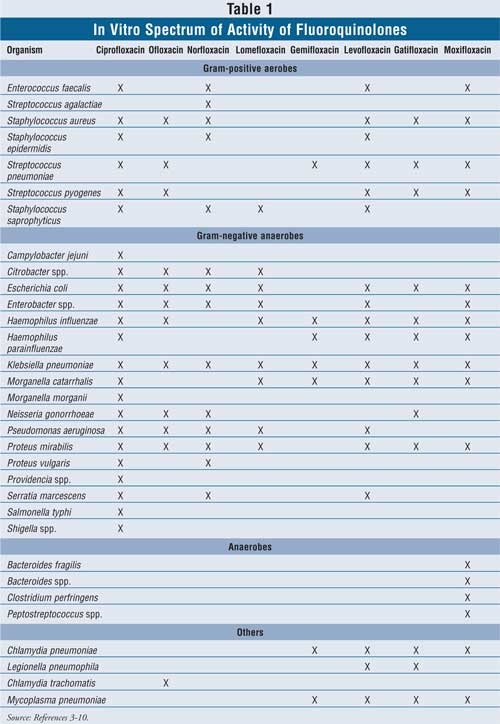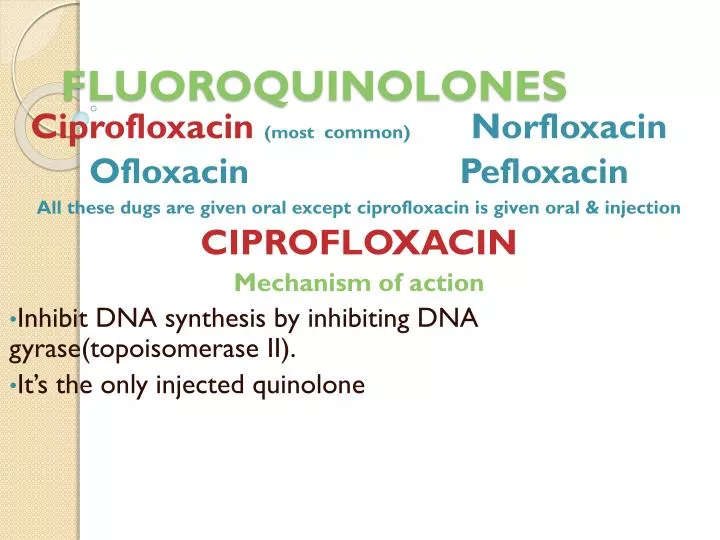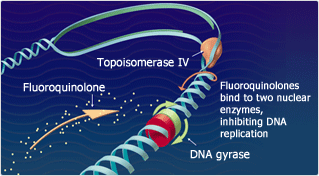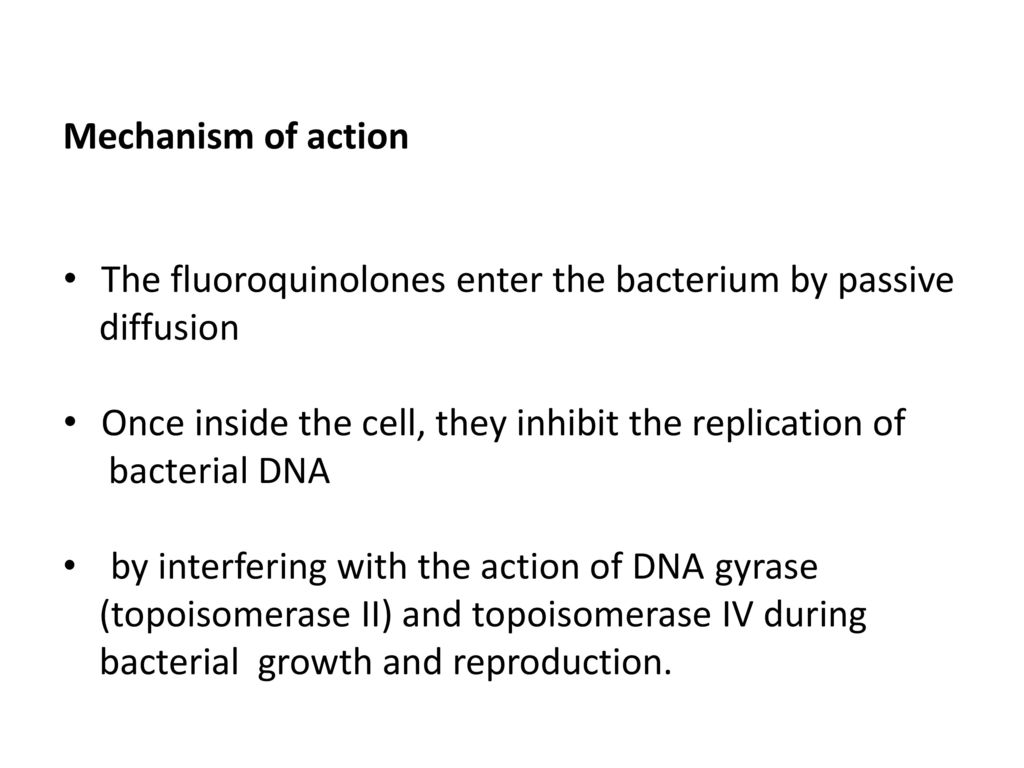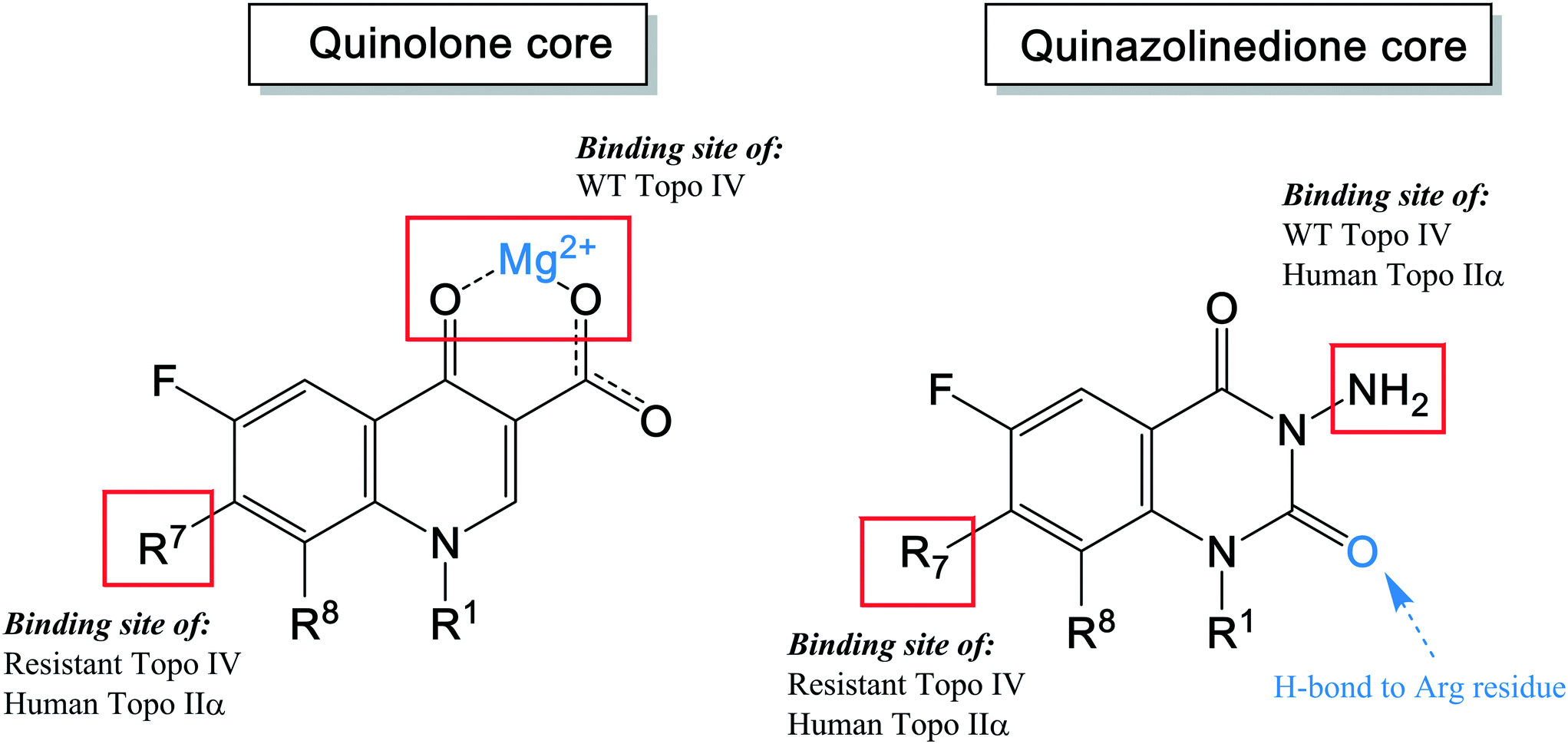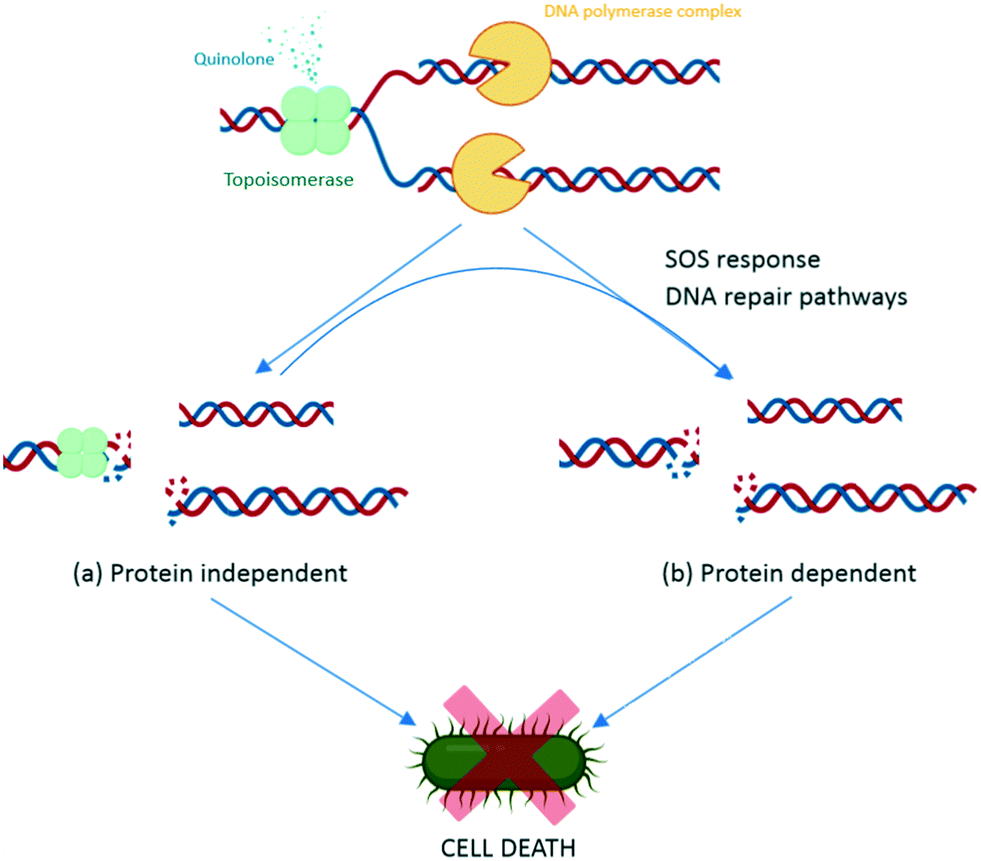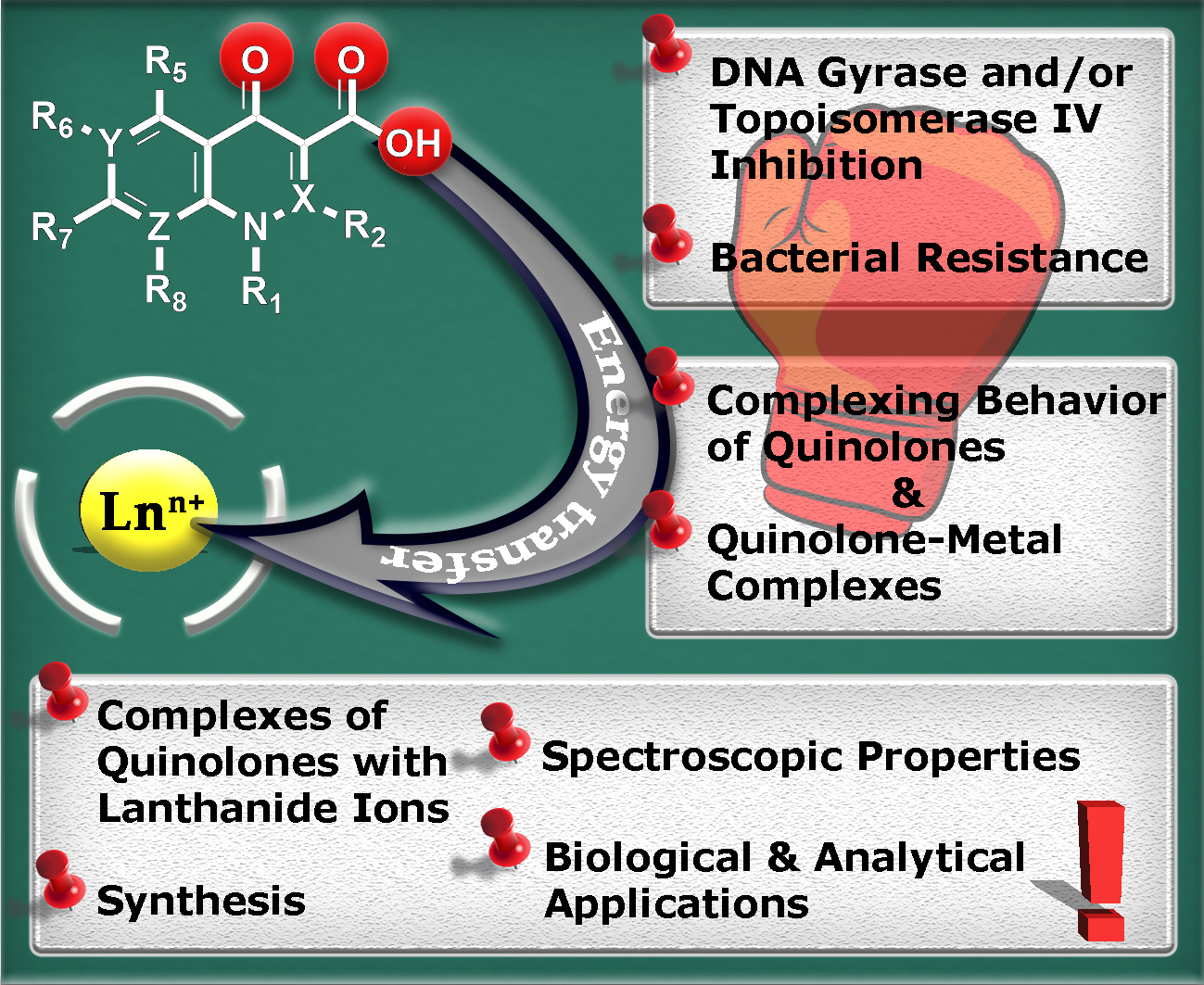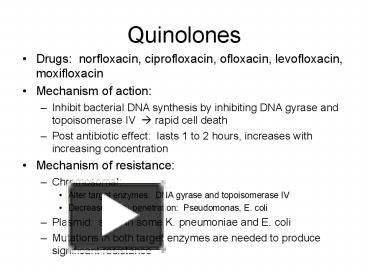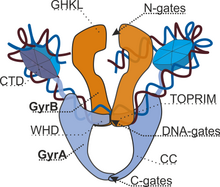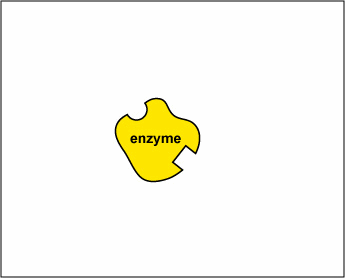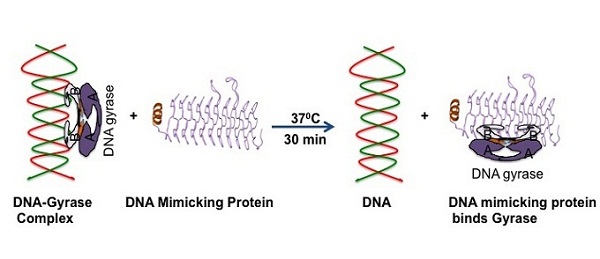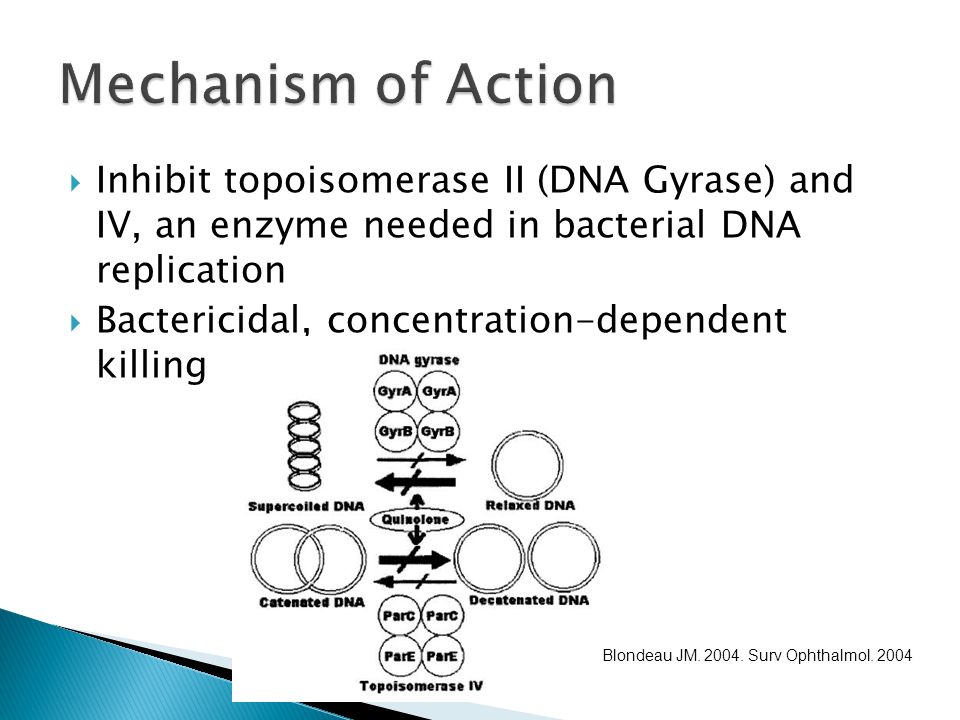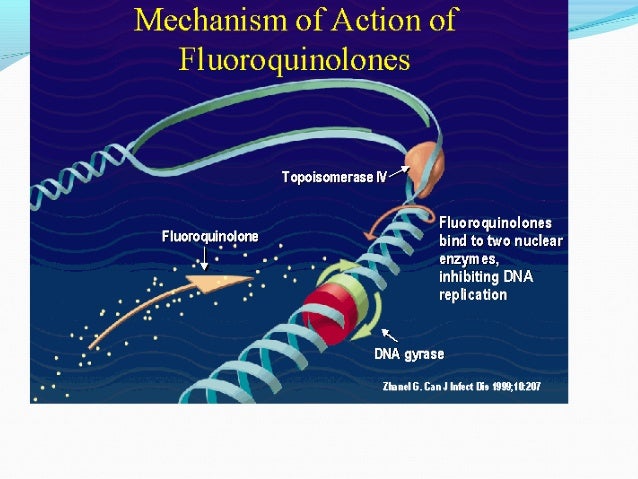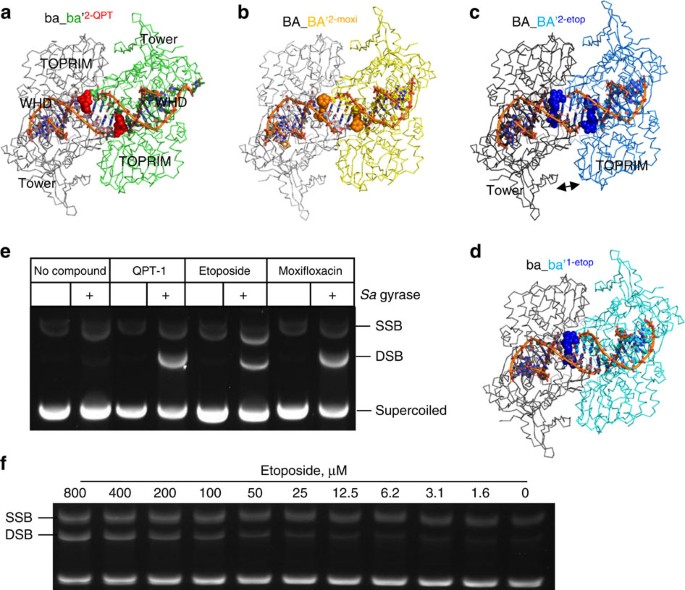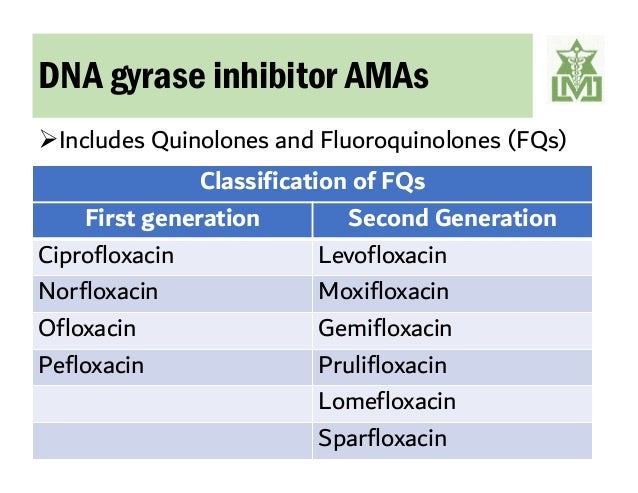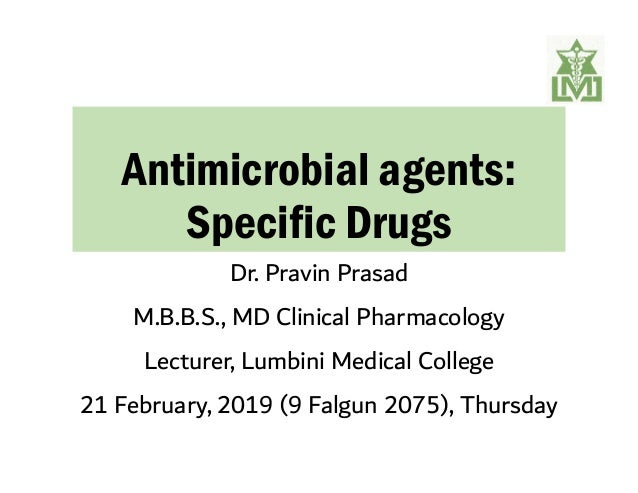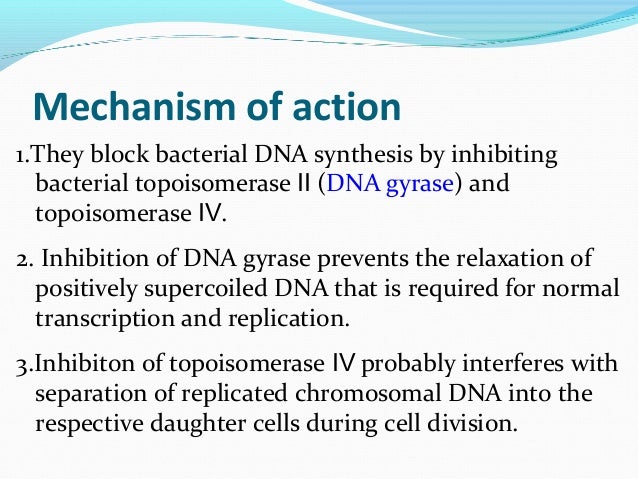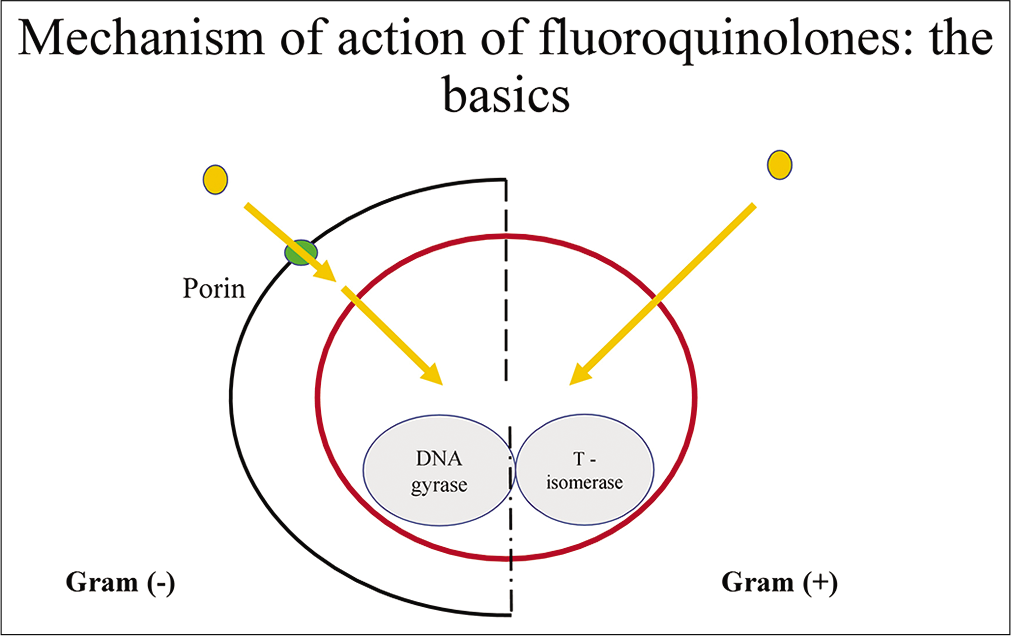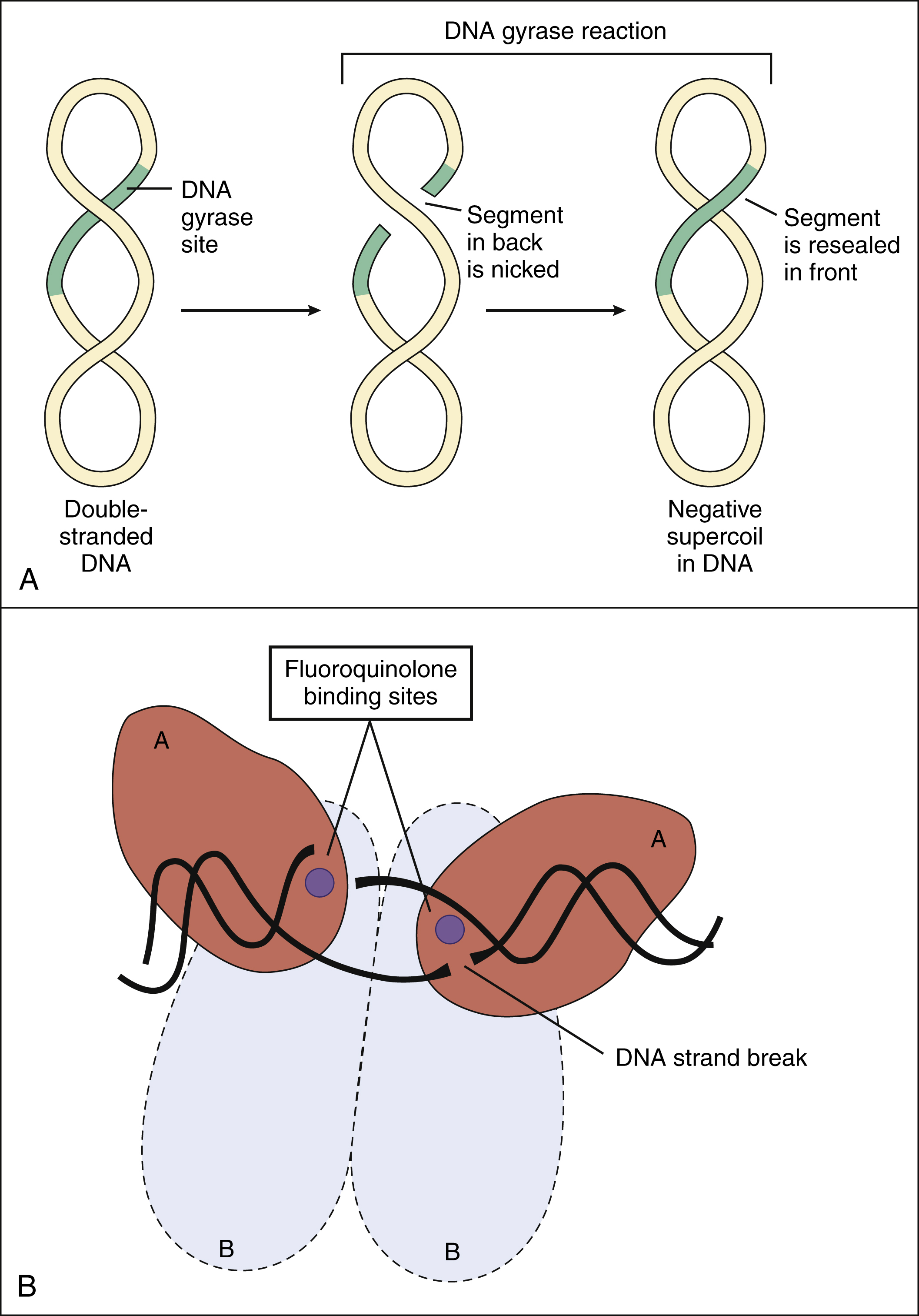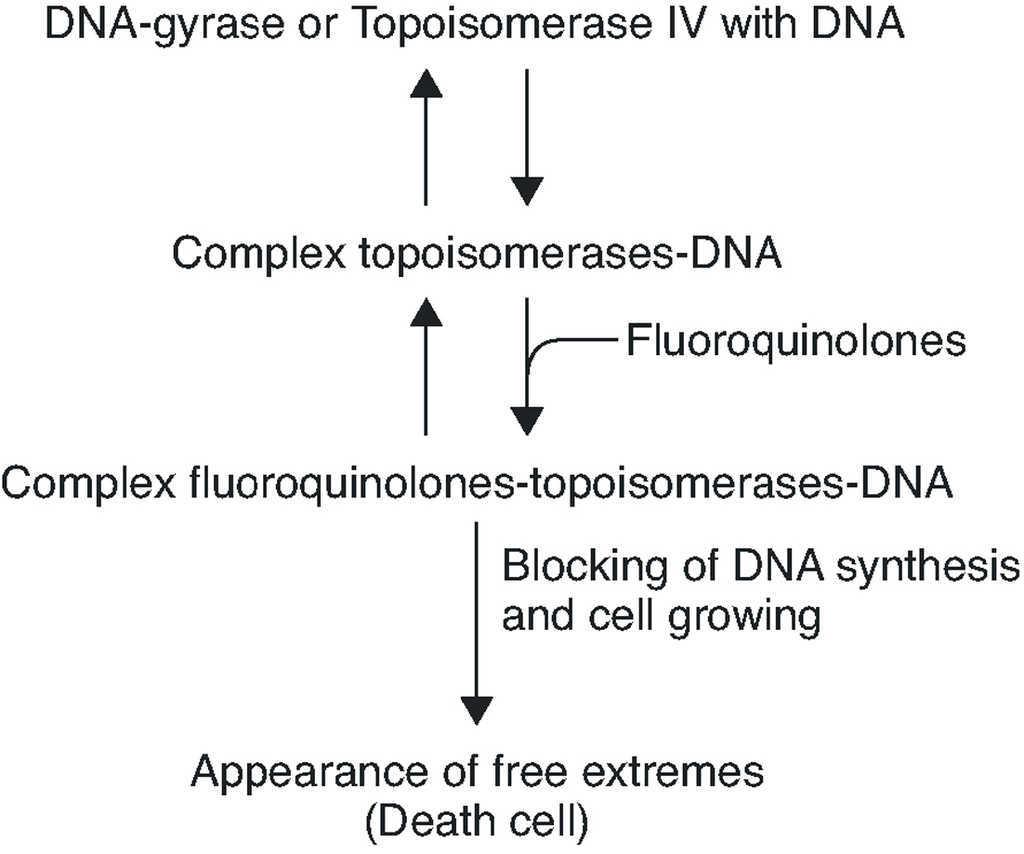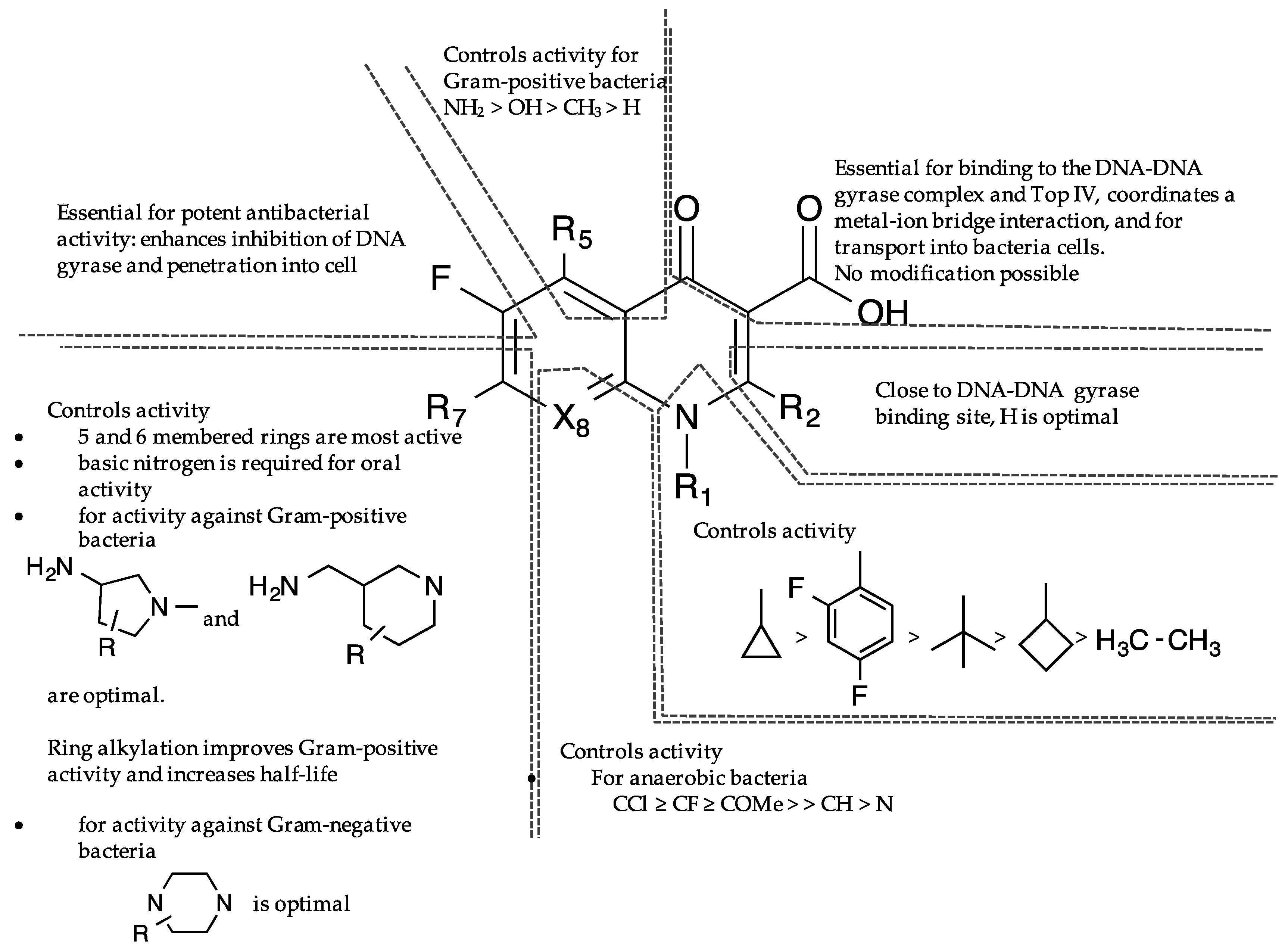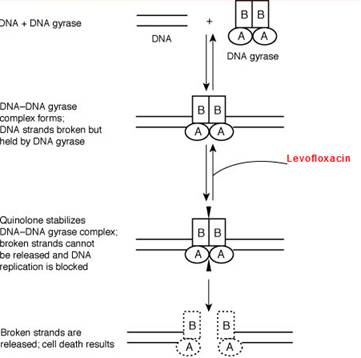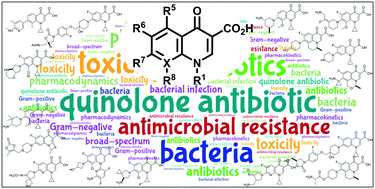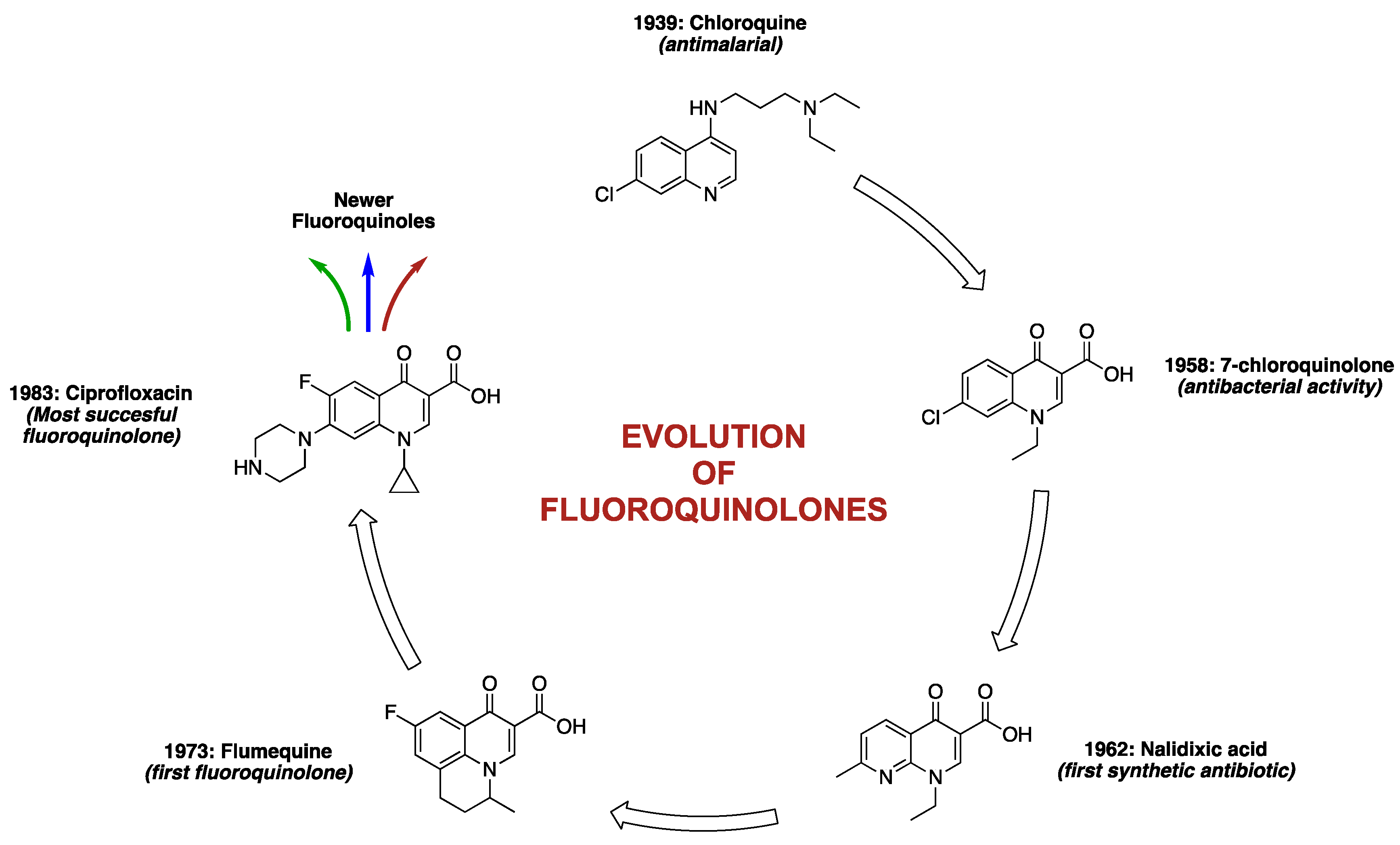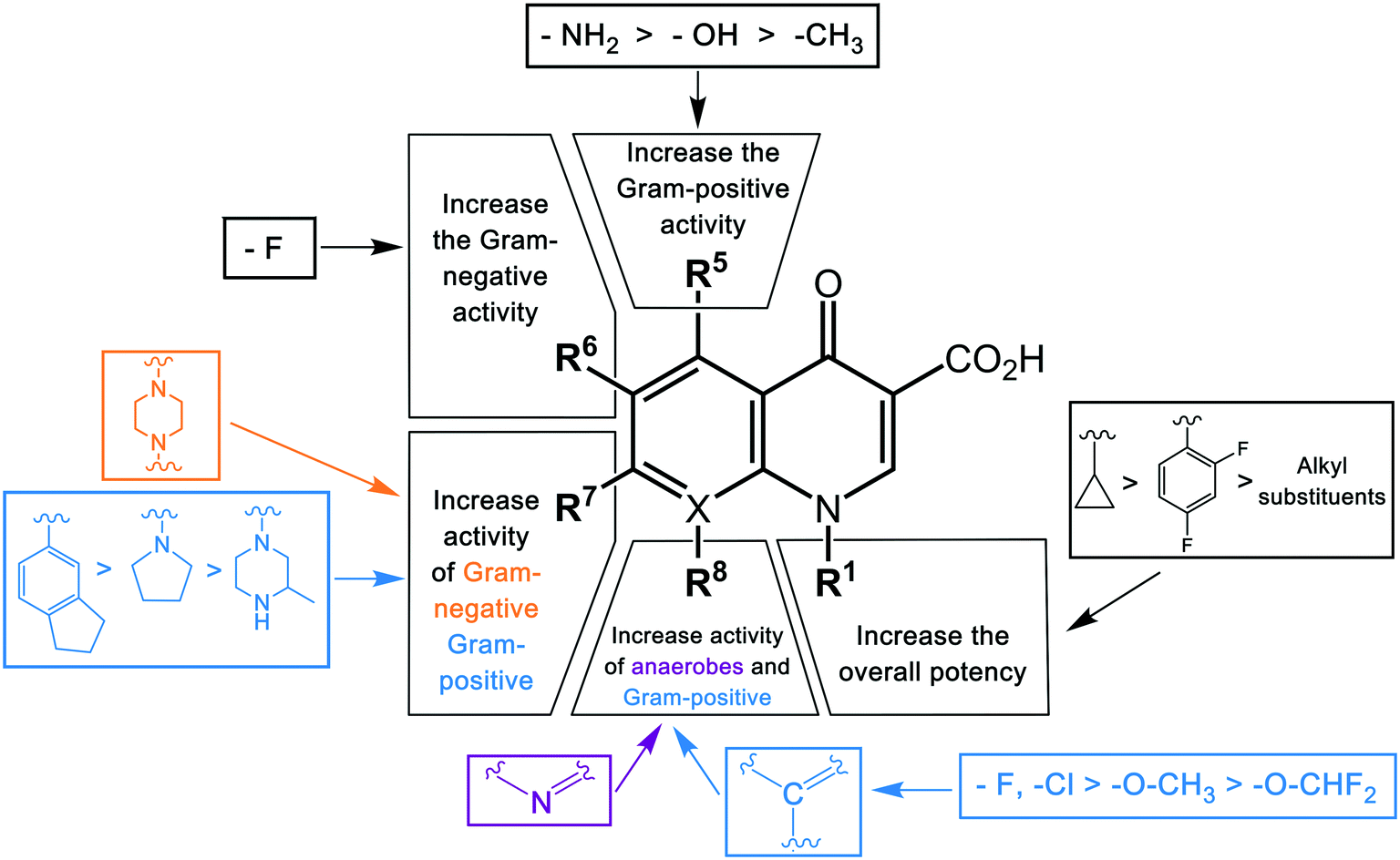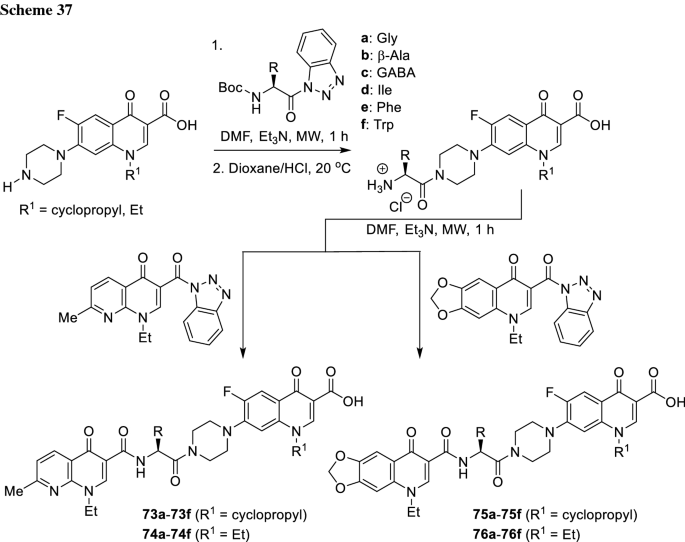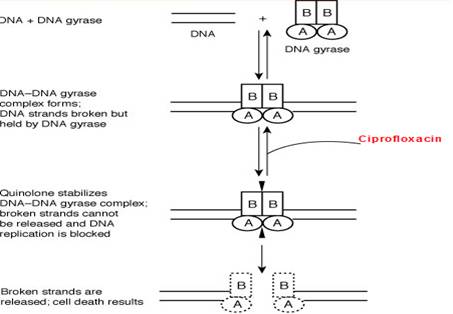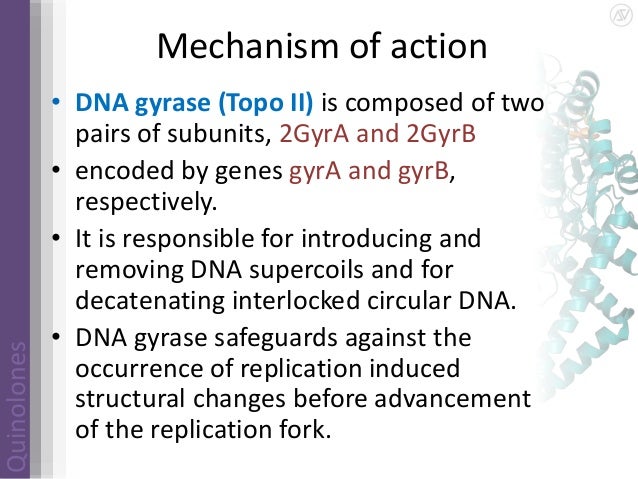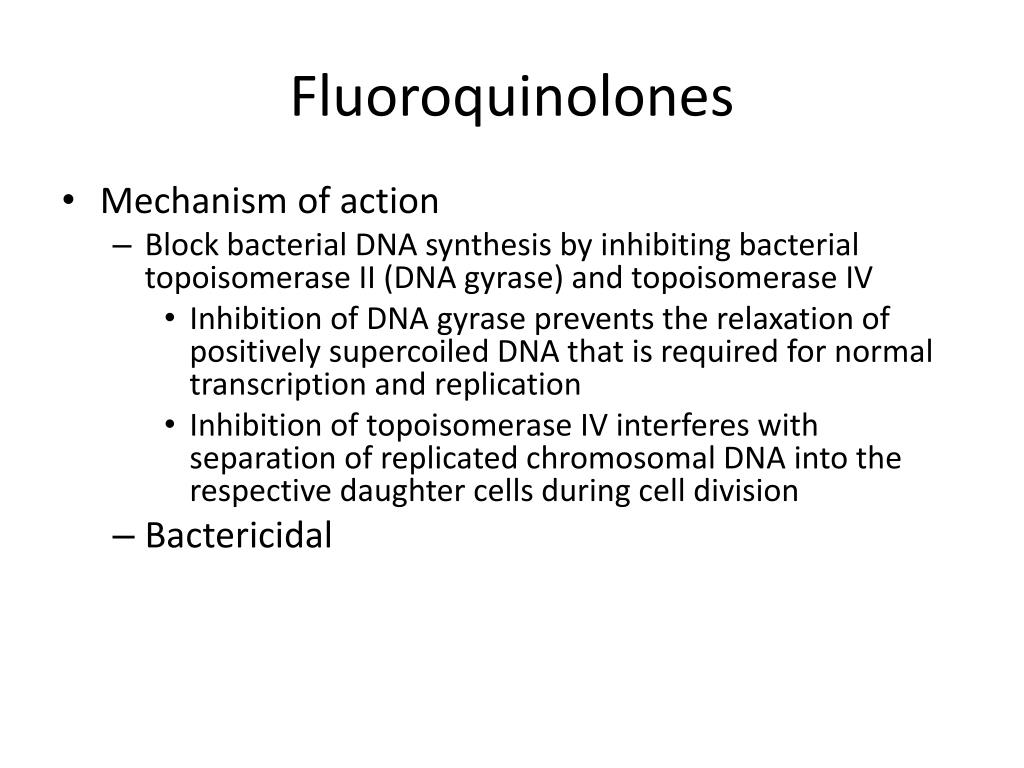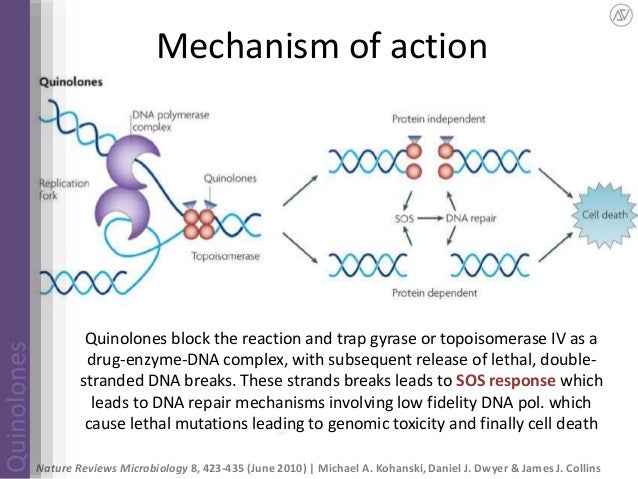Dna Gyrase Quinolones Mechanism Of Action
The target site of action of the quinolone antibacterial agents is dna gyrase and its inhibition by them sets off a complex series of events which ultimately causes bacteria to die.

Dna gyrase quinolones mechanism of action. The acquisition of quinolone resistance is recognized to be multifactorial and complex. Quinolones act by inhibiting the activity of dna gyrase and topoisomerase iv two essential bacterial enzymes that modulate the chromosomal supercoiling required for critical nucleic acid processes. However the bactericidal action of nalidixic acid and most other quinolones can be abolished if protein synthesis is inhibited by chloramphenicol and perhaps not surprisingly the same is true if rna synthesis is. 67 dna gyrase uniquely catalyzes the introduction of negative superhelical twists into closed covalently circular chromosomal and plasmid dna within the bacterial cell.
In gram negative bacteria plasmid mediated resistance genes produce proteins that can bind to dna gyrase protecting it from the action of quinolones. This review describes the development of the quinolones as antibacterials the structure and function of gyrase and topoisomerase iv and the mechanistic basis for quinolone action against their enzyme targets. Targets gyrase and topoisomerase iv into toxic enzymes that fragment the bacterial chromosome. These antibiotic drugs inhibit the bacterial dna gyrase enzyme which is necessary for dna replication.
Quinolones are bacteriocidal drugs meaning that they kill bacteria. The above animations has been supplied by dr. Finally mutations at key sites in dna gyrase or topoisomerase iv can decrease their binding affinity to quinolones decreasing the drugs effectiveness. Kaiser from the community college of baltimore county and it illustrates the mechanism of action of quinolones and fluoroquinolones by inhibition of dna gyrase topoisomerase ii.
Dna gyrase which was the first recognized target of quinolones is an essential bacterial enzyme composed of two a and two b subunits products of the gyra and gyrb genes respectively. Quinolones act by inhibiting the action of type ii topoisomerases dna gyrase and topoisomerase iv. The mode of action of quinolones involves interactions with both dna gyrase the originally recognised drug target and topoisomerase iv a related type ii topoisomerase. In this animation we demonstrate the biology of dna replication leading.
Structural Insights Into The Quinolone Resistance Mechanism Of Mycobacterium Tuberculosis Dna Gyrase
